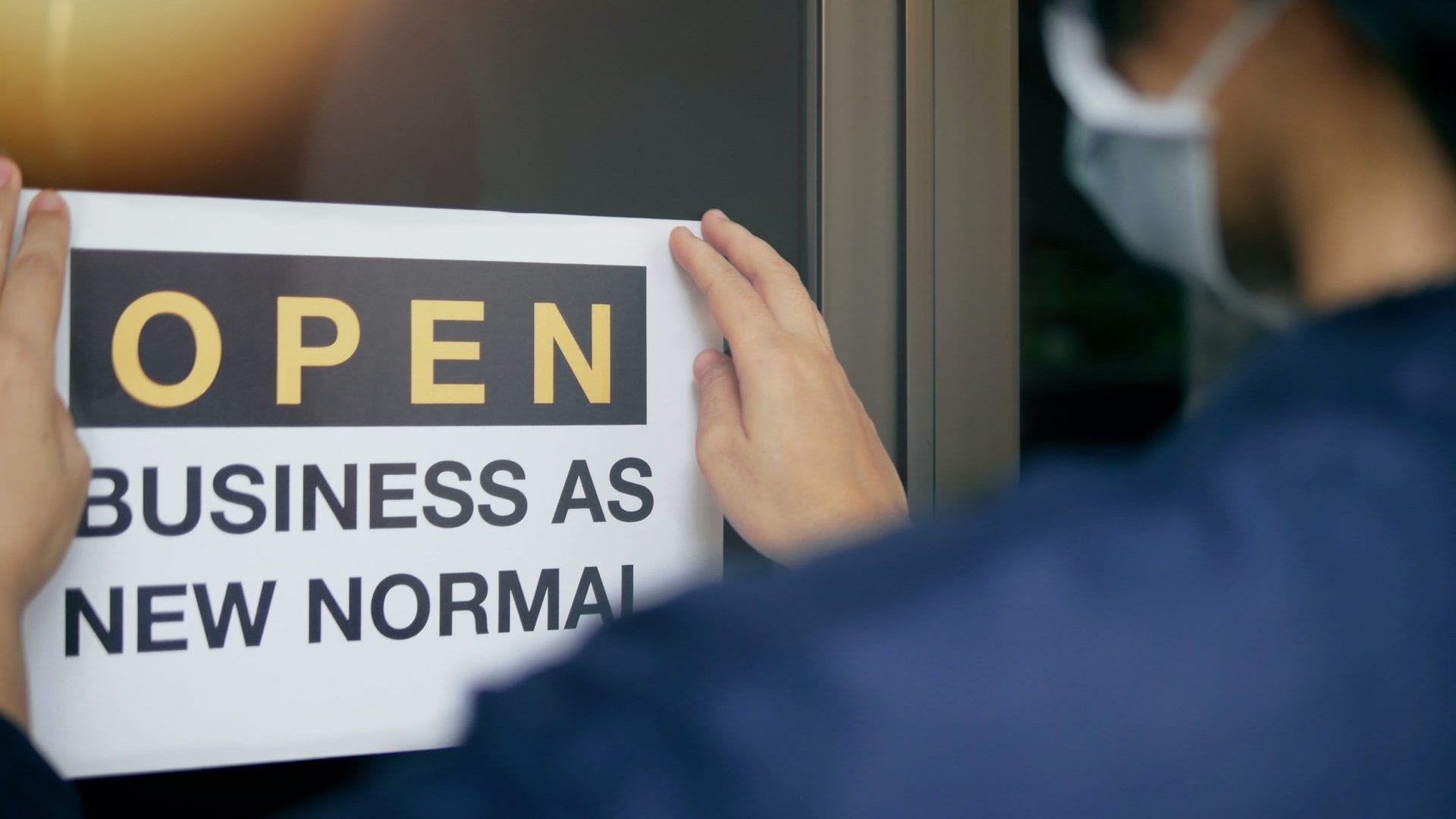As offices begin to reopen in much of the country, companies need to keep their focus on minimizing the risk of coronavirus infection in the workplace. Whether you’re using a hybrid remote strategy, with employees partially working from home and partially coming into the office, or you’re returning to a full on-site workforce model, the threat of coronavirus remains a serious risk.
Here are two measures to consider:
- Taking precautions with office setups and practices in an effort to reduce the possible spread.
- Assessing employees’ health, such as checking temperatures daily.
While these efforts won’t guarantee that the virus doesn’t spread, they can go a long way toward minimizing the risk of spread and infection.
Following CDC Guidelines/Recommendations
Social distancing measures and practices are your first line of defense. This means focusing on cleaning protocols and the physical layout of work areas, as well as the use of Personal Protective Equipment, if possible.
While it can be hard to know exactly what to do, the Centers for Disease Control and Prevention (CDC) have worked with the Occupational Safety and Health Administration (OSHA) to create guidelines for businesses and employers. You also may need or want to follow local or state health officials’ requirements or recommendations, which may differ somewhat from the CDC guidelines.
Still, the CDC’s direction can be a good starting point, such as with the recommendation for companies to encourage employees “to wear cloth face coverings in the workplace, if appropriate.” The agency also provides guidance such as implementing flexible worksites and work times, which can reduce the number of employees in an office at one time. Companies should also “Close or limit access to common areas where employees are likely to congregate and interact.”
These are just a few of the many areas of guidance that the CDC offers. While it can be complicated to know what to do, businesses need to prioritize minimizing possible exposure to coronavirus in the workplace, not only because it’s the right thing to do, but also from a business standpoint. An outbreak in an office could bring your business to a screeching halt.
Assessing Employees’ Health
The CDC’s guidelines also include “conducting daily health checks,” and we see this as an important enough point that it warrants its own consideration. That’s because conducting health checks — like taking employees’ temperature and asking about possible symptoms — not only has a health component but also data security and compliance aspects.
Storing this personal health data can be important. If you can identify an increasing number of employees coming in with fevers, you can catch an outbreak early, before official COVID-19 test results come in. Your business might also be required to store health check data for compliance purposes, to verify that you took this precaution.
Companies need a reliable way to store this information, which is why we’ve built a lightweight health check app that companies can easily use to manage this data. The app stores health check data and can push that information into SharePoint, Google Sheets, SQL databases and other systems.
In addition to the health check app, companies may also want to consider using comprehensive tools like Cisco Umbrella to enhance their cybersecurity. With perhaps a more distributed or remote workforce, you not only need to protect against threats from cyber criminals gaining access to the systems of record where you store health check data.
Start Minimizing Coronavirus in the Workplace
As much as we want to see the economy and entrepreneurial spirit in America thrive, we know that we can’t get back to business as usual right away, at least not without taking appropriate precautions.
See how you can leverage our health check app to start minimizing the risk of coronavirus in the workplace, along with taking other precautions as recommended by the CDC and other health officials.


